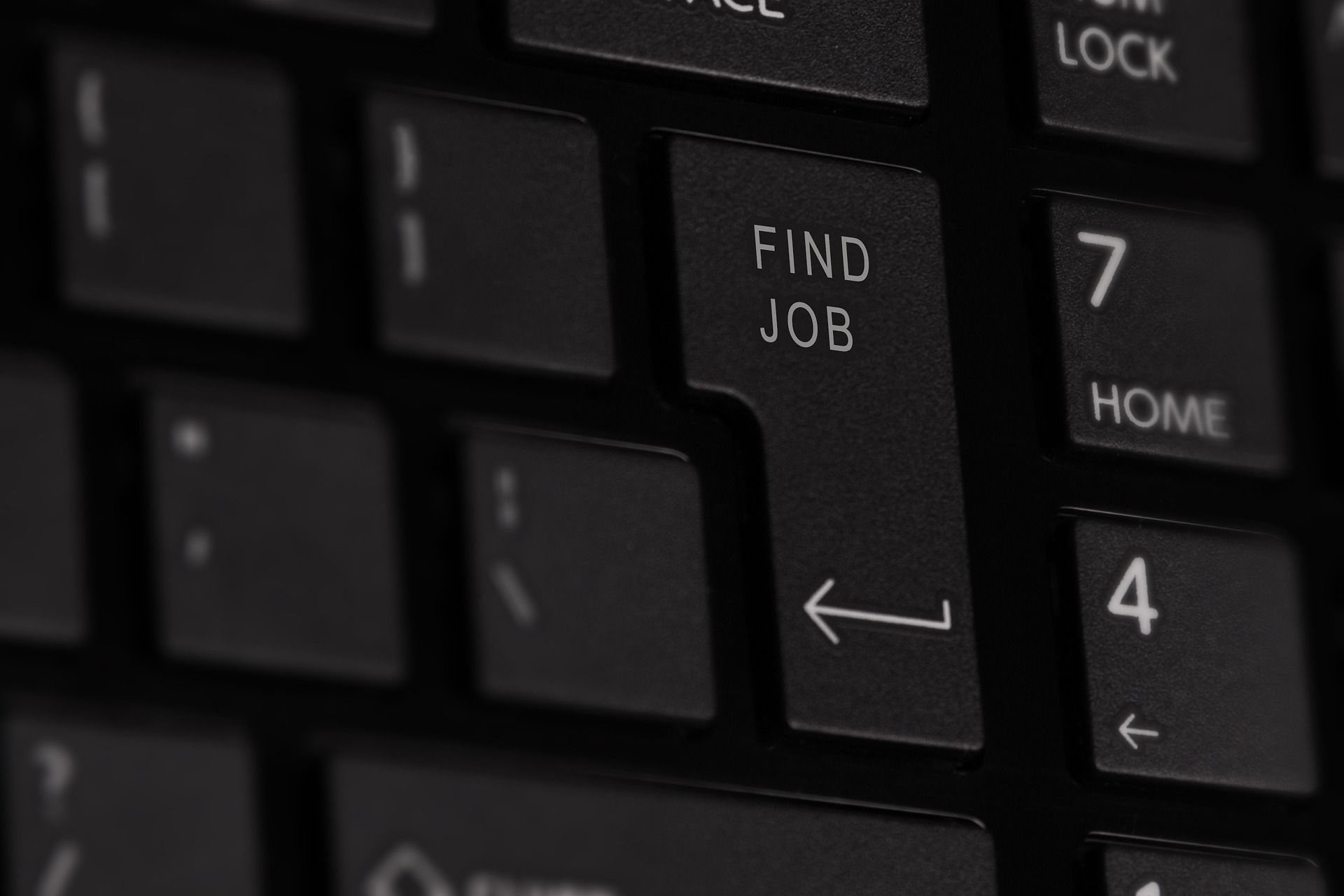Although wages are increasing more quickly than they have in more than 20 years, they are still far behind the skyrocketing cost of living.
The fastest growth in regular pay since 2000, excluding the pandemic when people received significant raises upon returning to work from furlough, occurred in the year to September, when it increased by 5.7%.
But after accounting for price increases, wages decreased by 2.7%. Living expenses are already rising more quickly than they have in almost 40 years, partly as a result of the conflict in Ukraine.
Also Read| 65th Grammy Nominations: 5 new categories added including songwriter of the year
The cost of food and energy has skyrocketed, making it difficult for many people to pay their obligations. There was “increasing pressure on households” due to the wage-price difference. According to official data, the UK’s unemployment rate increased slightly from 3.5% in August to 3.6% in the three months that ended in September.
Despite the fact that this is close to a 50-year low, the Bank of England has issued a warning that the UK will have a severe recession by 2025, which will cause unemployment to nearly quadruple.
Chancellor Jeremy Hunt will outline his strategies for reviving the economy on Thursday. Spending reductions and tax increases are anticipated.
Most firms are being compelled to raise wages in order to attract the personnel they need because the number of open positions is still close to a record high and unemployment is at a low level.
Also Read| New Zealand ‘suitcase’ murder: Seoul to extradite suspect within 30 days
Pay increase was, however, 6.6% in the private sector vs 2.2% in the public sector in the year to September.
This was the biggest gap between public and private, according to the Office for National Statistics (ONS), that it has observed besides the epidemic.
The unprecedented difference between pay increases in the private and public sectors may be the most startling statistic in the most recent employment statistics.
The 2.2% public sector wage increase lags well behind the 6.6% private sector pay increase and will exacerbate already brewing industrial tensions, which have already resulted in nurses voting to strike for the first time ever. Unions that represent employees in the public sector will take advantage of the record gap that exists now.
While still strong, the number of openings decreased for the fourth consecutive month, suggesting that businesses are reducing their recruiting plans as they grow more pessimistic about the future of the economy.
The potential workforce’s size is getting smaller. The number of over-50s who are unwilling or too ill to work continues to rise despite the increasing economic strains on household incomes. Some have fled the nation following Brexit, while many are preferring to stay in education.







